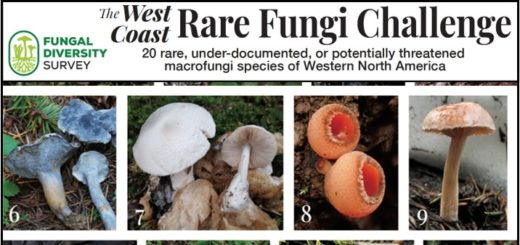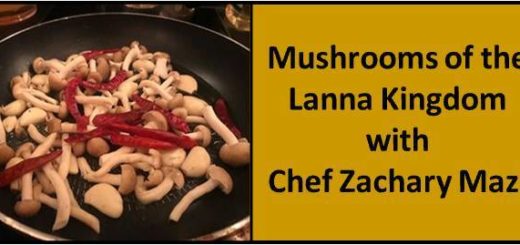Ringing in the 2023 Mushroom Season
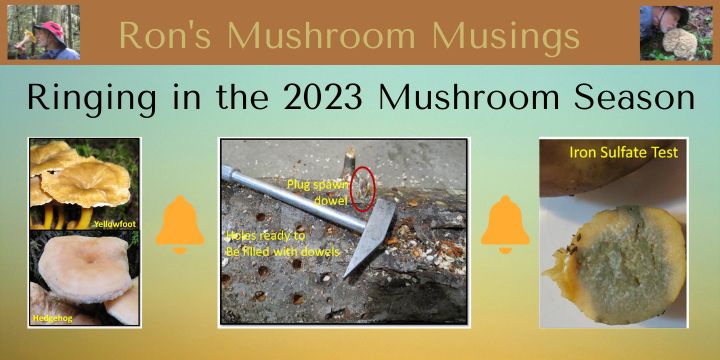
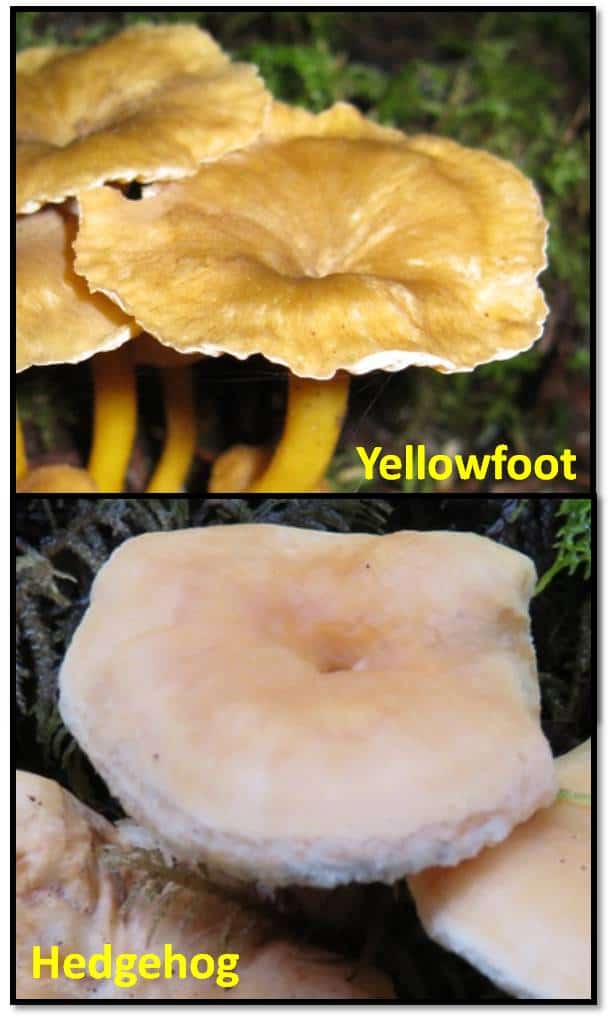
As January ushers in the new year, Oregon’s wild fruiting mushrooms quickly dwindle down to a handful of sought-after edibles. Two of the most commonly picked during these colder months are the bellybutton hedgehog (Hydnum umbilicatum) and the winter chanterelle or yellowfoot (Craterellus tubaeformis). Interestingly enough, both have a dimple or belly-button in the center of their cap. Yellowfoot mushrooms also have a hollow stem and so can the bellybutton mushroom. Texture wise, they couldn’t be more different. You can actually wring out excess water from yellowfoot mushrooms without crushing them by gently squeezing them in your hand. You can also try that experiment with bellybutton mushrooms; however, as they are quite brittle you’ll be left with a handful of crumbled up mushrooms. As for some breaking news, the genus Hydnum has been DNA sequenced (I’m shocked!) so subsequent species name changes are now inescapable. How about we keep things simple and rename Hydnum umbilicatum to Hydnum bellybuttonous?

Not to belabor the ongoing mushroom DNA tsunami taking place, but one can’t help but notice all the new discoveries and subsequent name changes. With each new mushroom publication comes a plethora of updates informing us that the names we layman have been learning and espousing all these years are now incorrect. The extent to which DNA sequencing is upending mushroom names is clearly articulated by this extraction from Steve Trudell’s newly released revised edition of Mushrooms Of The Pacific Northwest; ”With the help of DNA data, it now appears that we have at least three shrimp russulas in the PNW and that the actual R. xerampelina is not one of them.” Is nothing sacred?

Steve also mentions the benefit of using an Iron Sulfate test on Russula mushrooms you believe to be the now nonexistent R. xerampelina. The chemical reaction will turn the flesh an olive-green color if you have chosen wisely. I purchased a 500g container of powdered Iron Sulfate under the name Ferrous Sulfate, which I just mix with a little water in an eyedropper bottle. A few drops placed on a freshly cut stem piece will react fairly quickly but may take longer if the mushroom is older and more dried out. In any case, enjoy whatever olive-green staining Russula mushroom it might be.

During late December we also had an unexpected surprise in one of our backyard mushroom fruiting buckets. It was a large flush of Hypholoma lateritium, more commonly called the Brick Cap mushroom due to its brick red cap color. We have been cultivating this mushroom for several years in large planting buckets with great success. We had originally purchased a 2.5lb block of sawdust spawn from Field & forest Products whose motto is “Proud to be part of this rotting world”. Brick Cap is a cold weather fruiter and 20-some degree nights have had no effect on its fruiting success. It is a very tasty mushroom and once you have a bucket full of its mycelium (spawn) you can keep it going year after year. You simply need to cut out a chuck of spawn from your old fruiting bucket, place it in a new clean bucket with fresh substrate material and water it in well. For my substrate I use a blend of oak, maple, and alder wood pellets originally created for smoking meat and fish. Just rehydrate the pellets first as they will expand quite a bit. Put the rehydrated wood material into a clean bucket with chunks of spawn mixed in. Place the bucket in a shady area where it will get rained on during our rainy months and water once a week during dry weather.
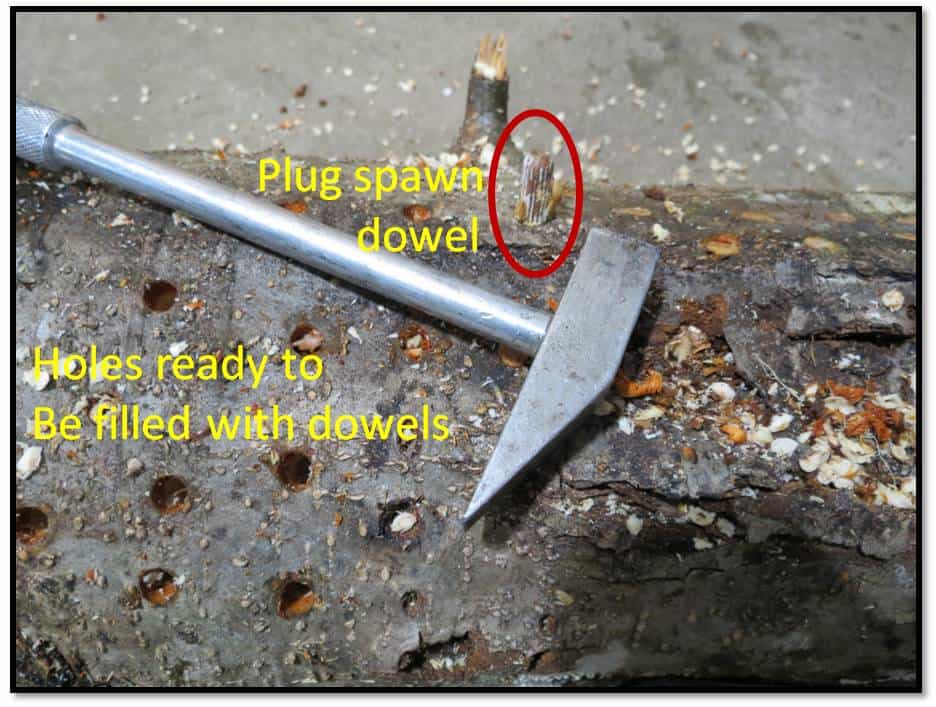
You can also use inoculated dowels (plug spawn) on hardwood stumps or logs using the drill and hammer method but according to Field & Forest, that process is a little more involved. Hypholoma lateritium is commonly found east of the Rocky Mountains and naturally grows on hardwood stumps and logs in that region.
Well, nothing left to say except I hope you’ve had a great start to 2023, as I understand 2023 will be around for an entire year. Take care and stay safe,
Ron


